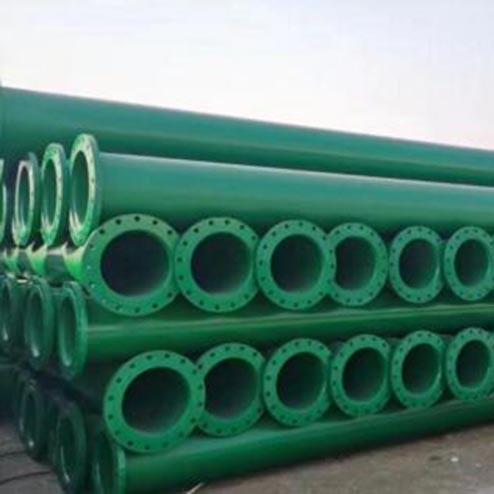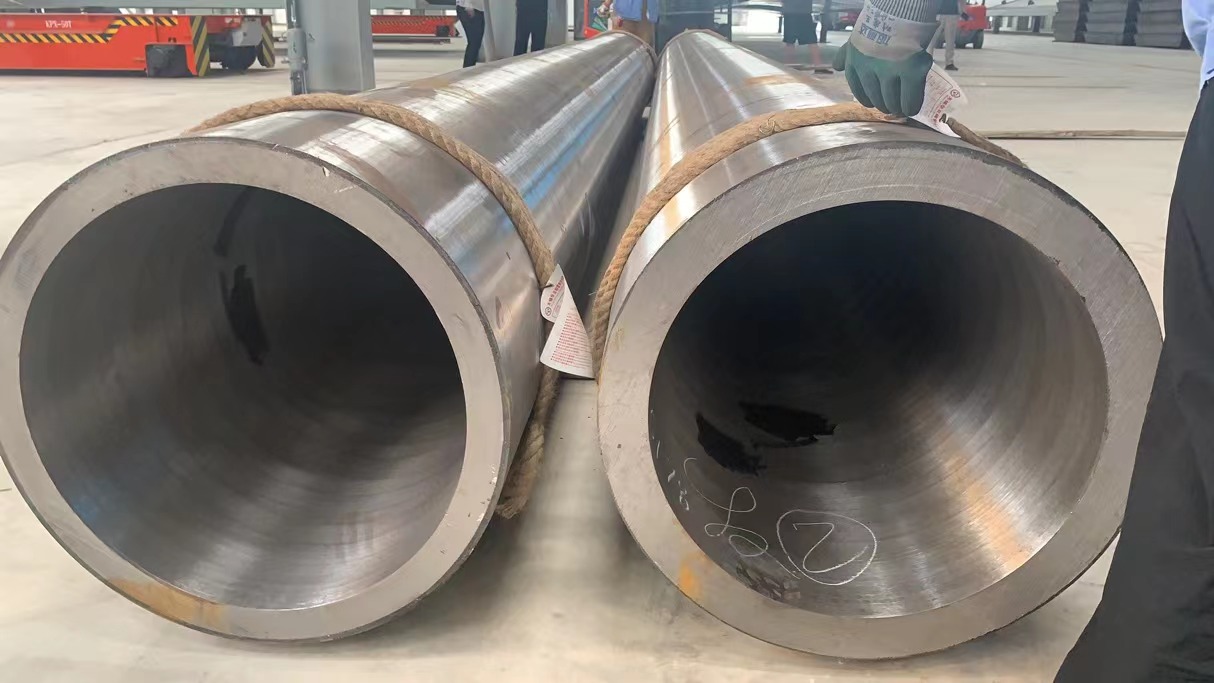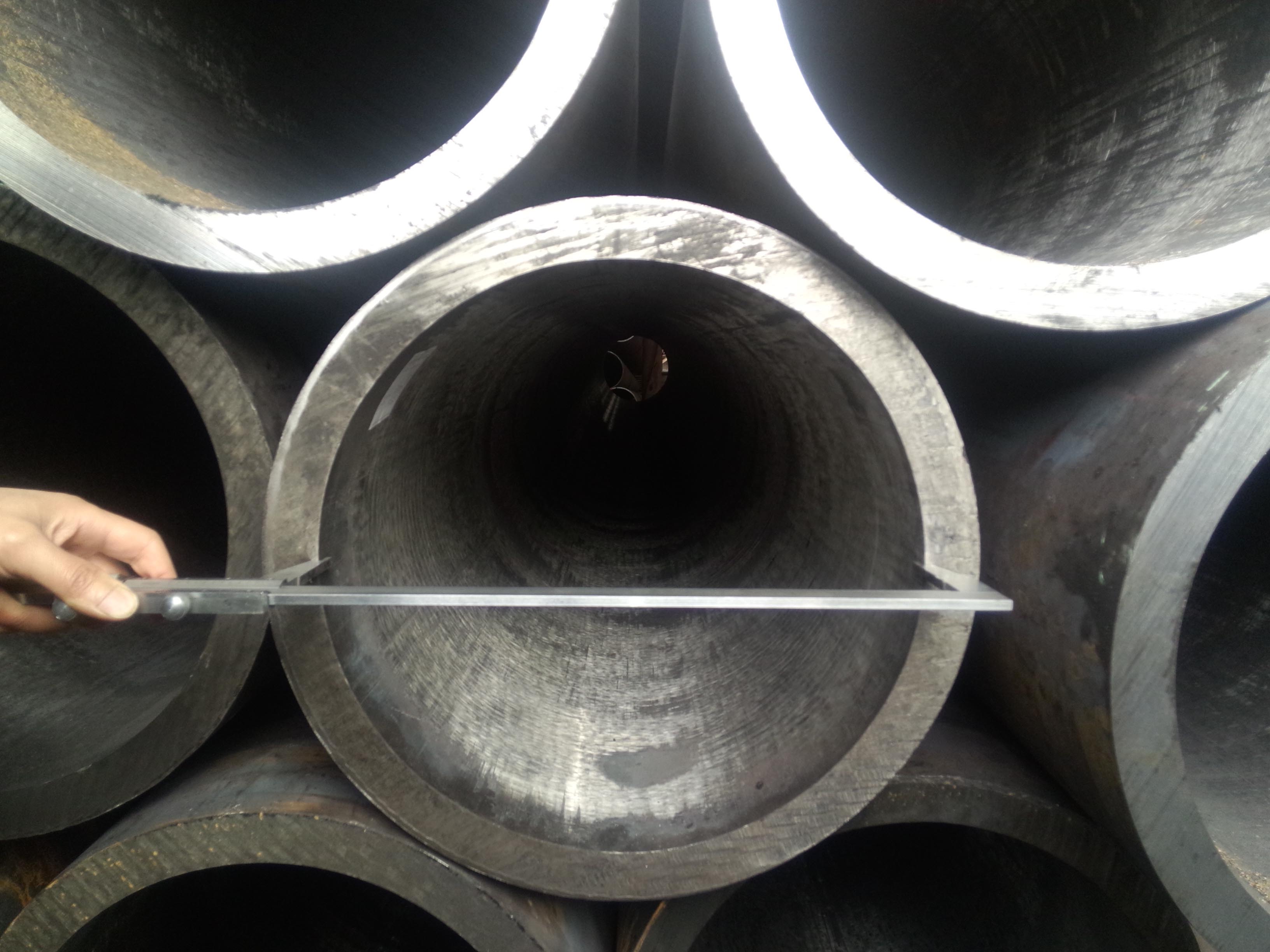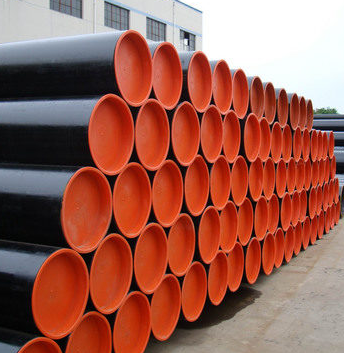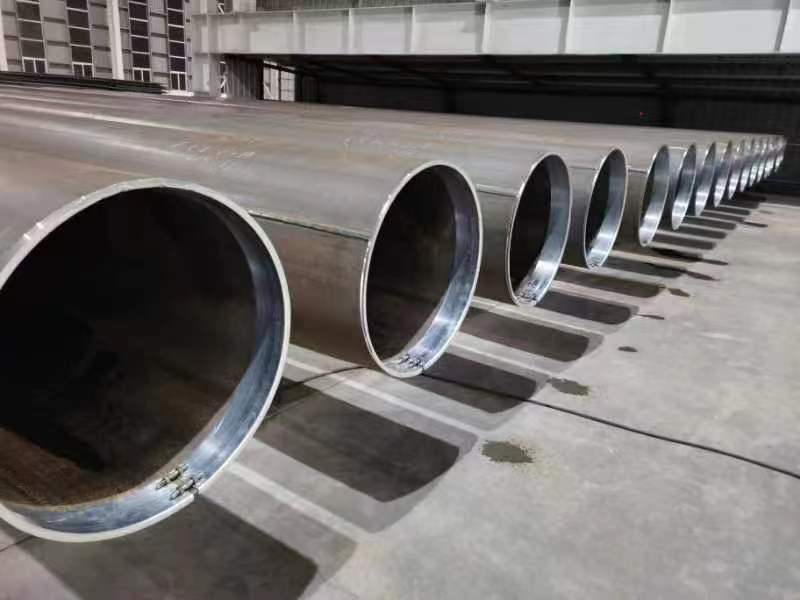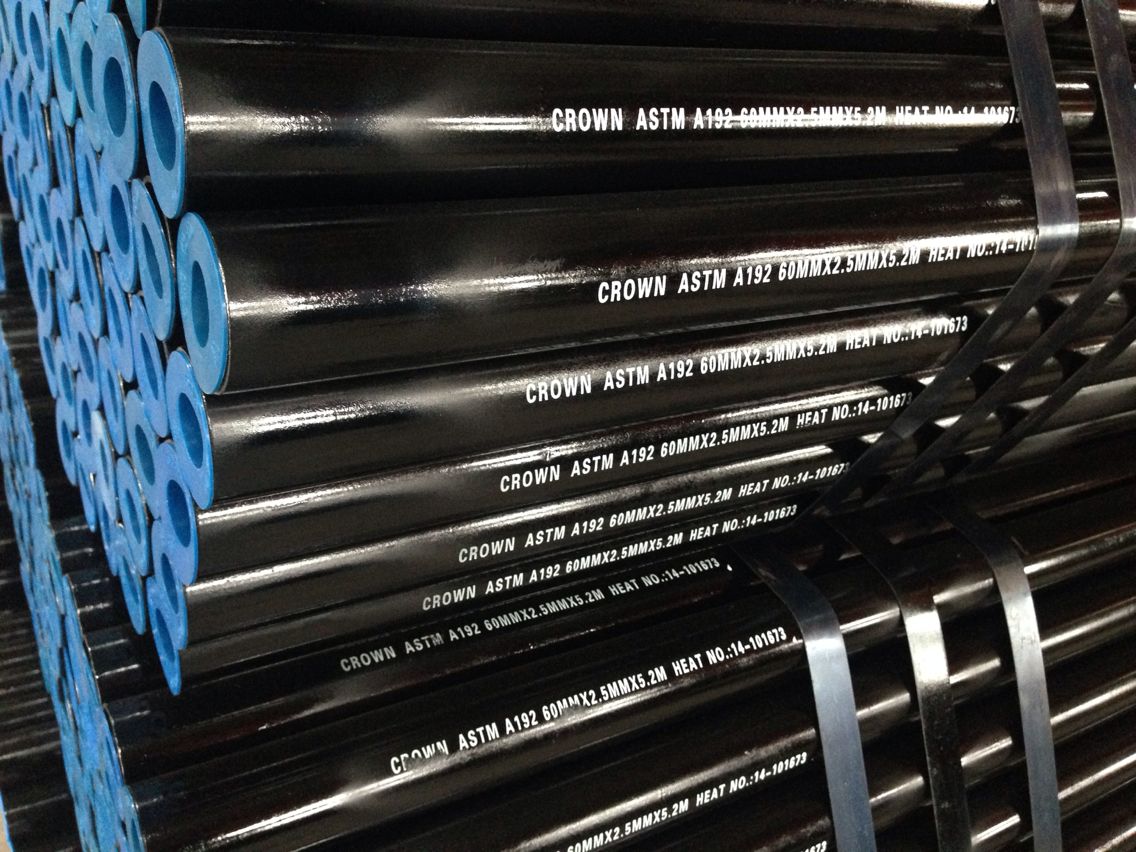Tag/linepipe
-
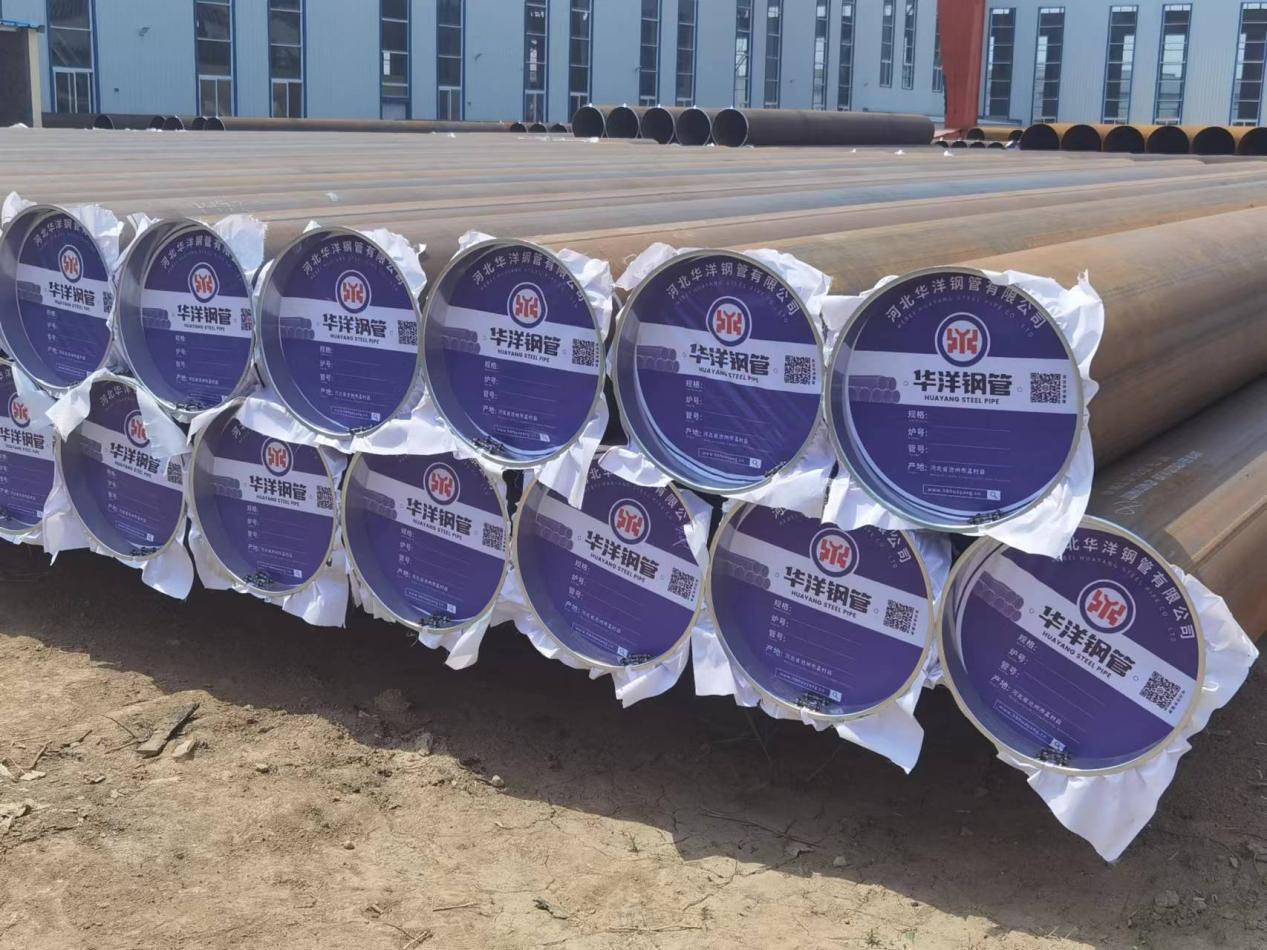 API 5L Pipe Line, Oil & Gas LinePipe, LSAW Steel Pipe
API 5L Pipe Line, Oil & Gas LinePipe, LSAW Steel Pipe -
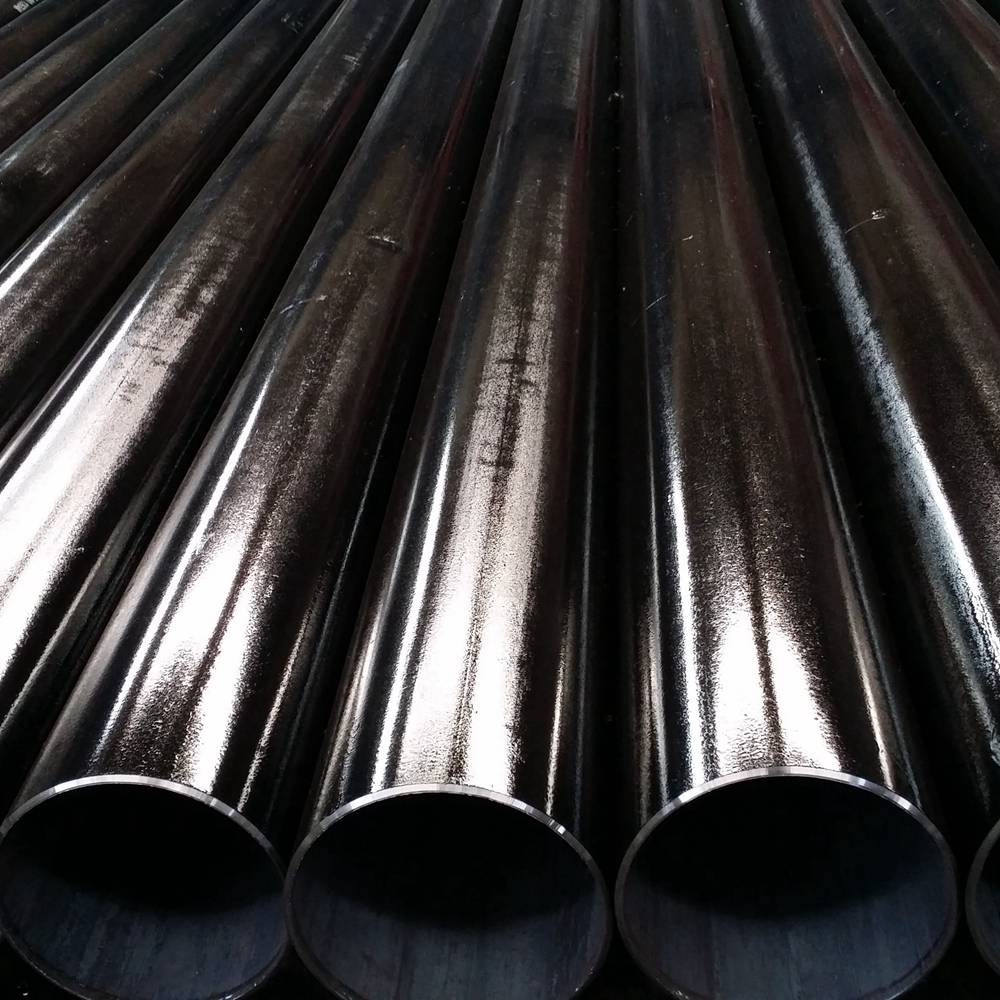 HFW steel pipe
HFW steel pipe -
 3LPE Coated Steel Pipe used in pipeline transportation
3LPE Coated Steel Pipe used in pipeline transportation -
 API 5L Black Oil / Gas Line Pipe
API 5L Black Oil / Gas Line Pipe -
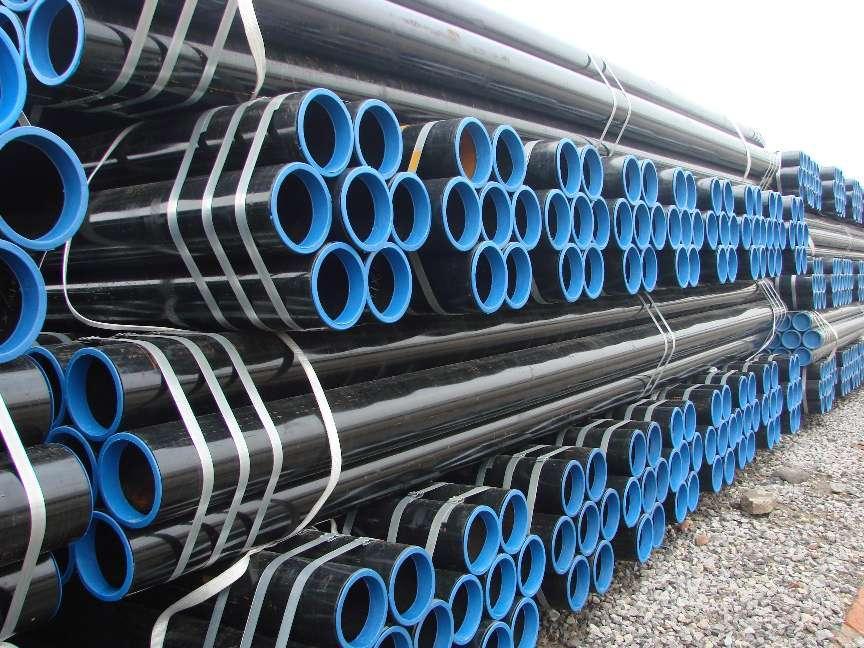 A53 ERW STEEL PIPE
A53 ERW STEEL PIPE -
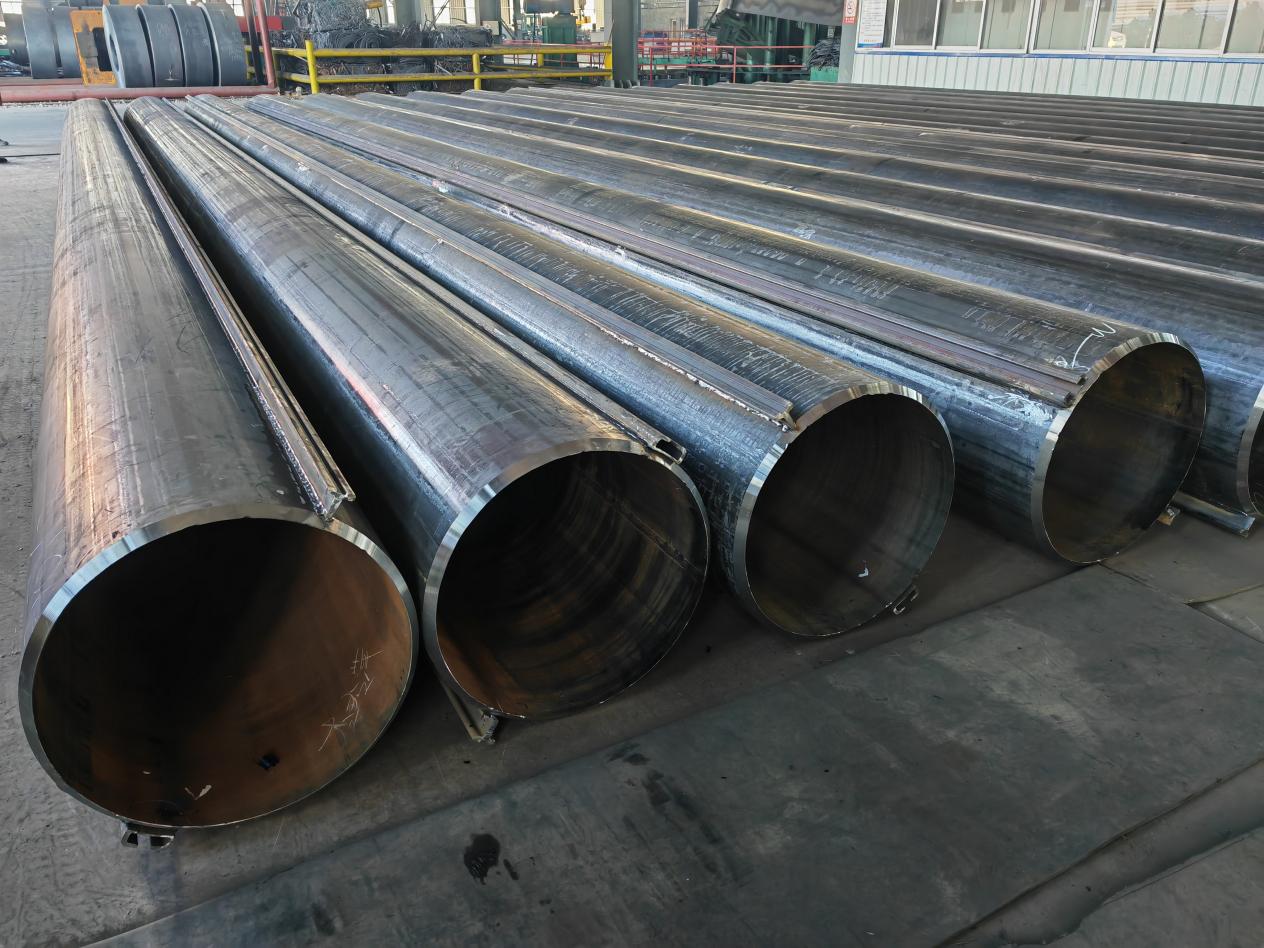 ASTM A252 Piling Pipe application in buildings and retaining walls
ASTM A252 Piling Pipe application in buildings and retaining walls -
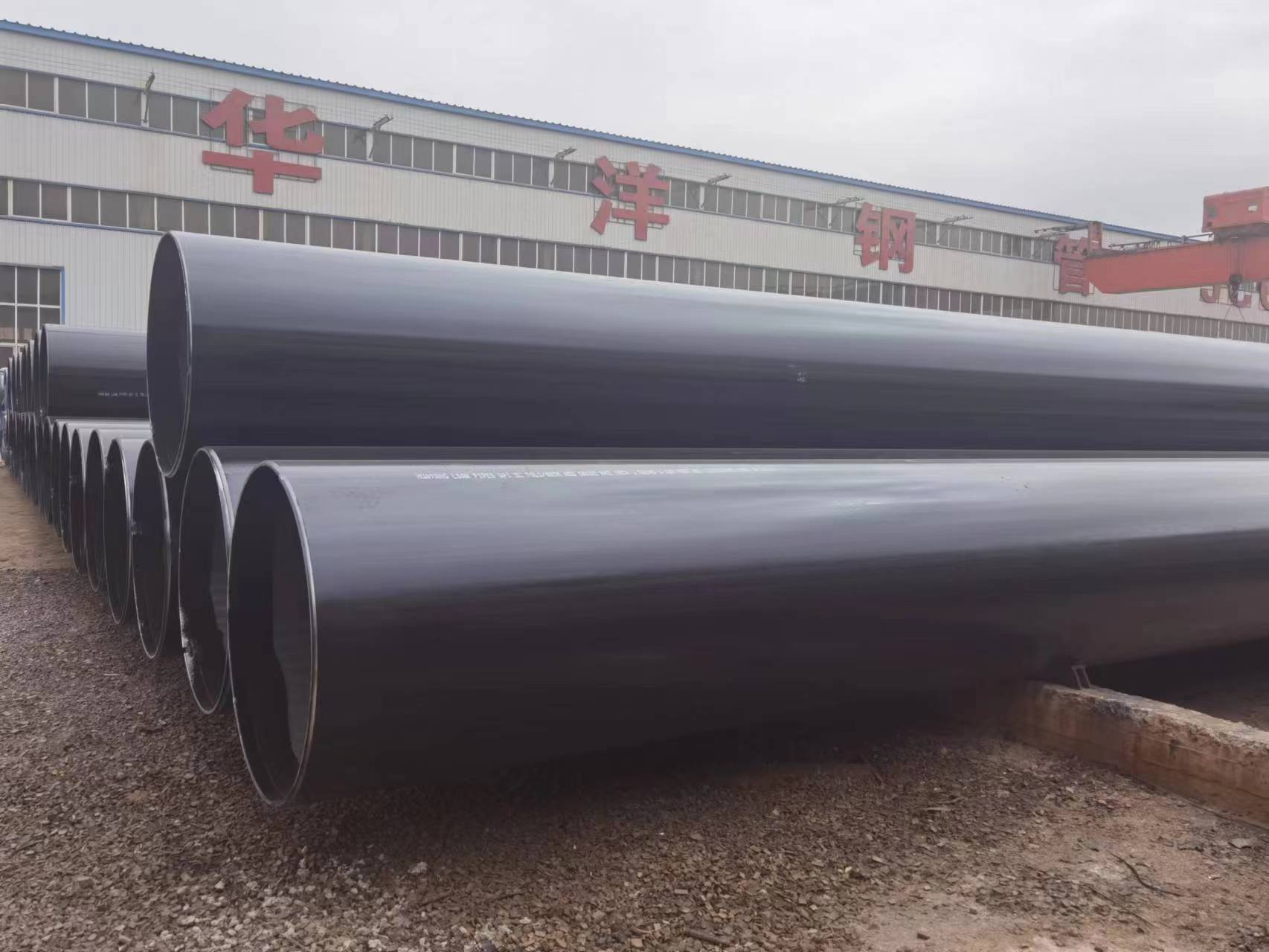 EFW Steel Pipe
EFW Steel Pipe -
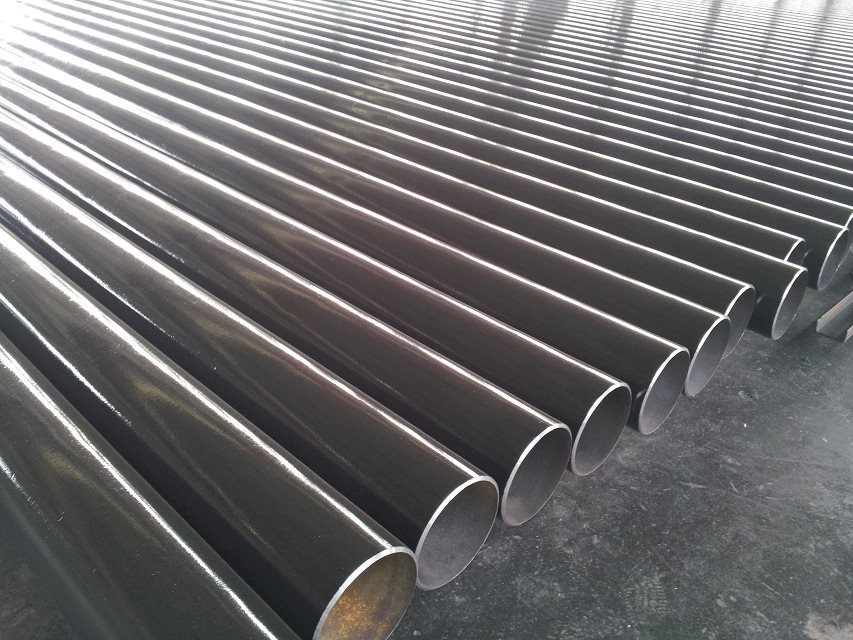 Structural Steel Pipe
Structural Steel Pipe -
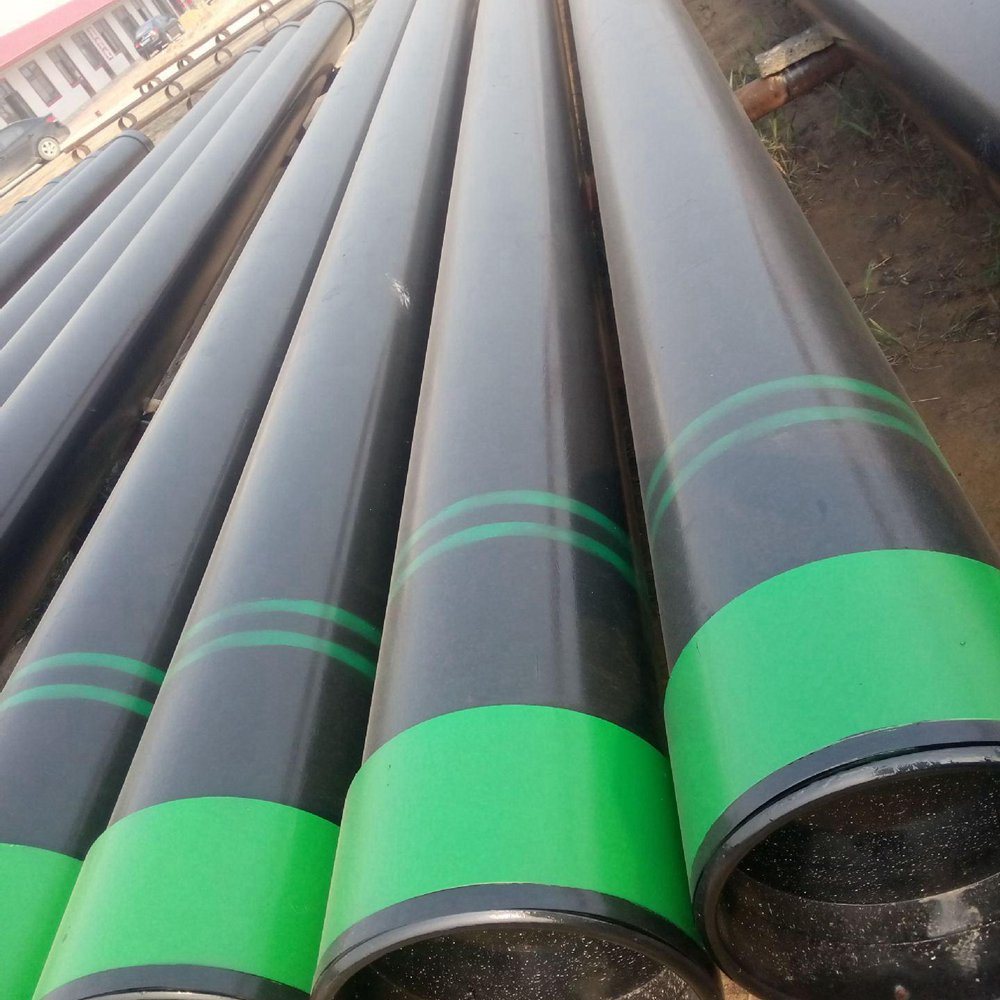 API 5CT TUBING CASING PIPE, OCTGOIL COUNTRY TUBULAR GOODS
API 5CT TUBING CASING PIPE, OCTGOIL COUNTRY TUBULAR GOODS -
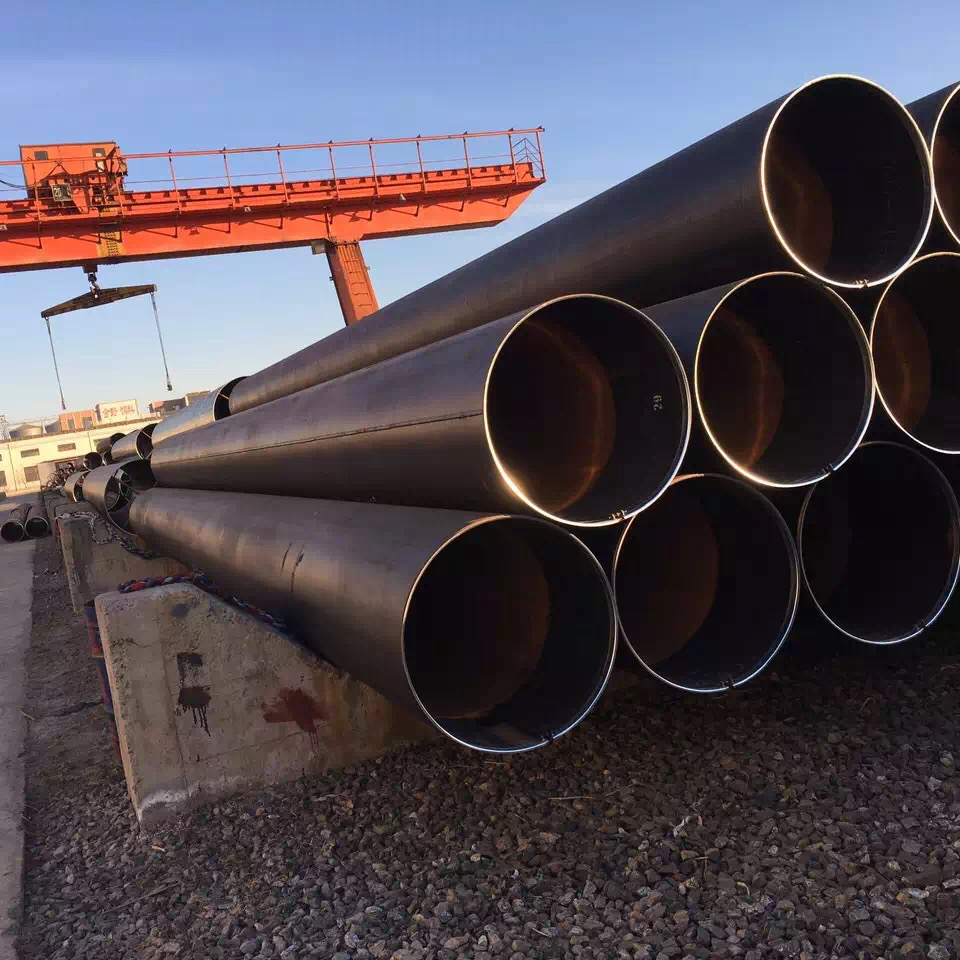 Submerged arc welded steel pipe
Submerged arc welded steel pipe
Produtct Title
linepipeRelated News
-
2024-06-15Chinese manufacturer specializes in linepipe productionChina's Linepipe Manufacturers Pioneers in Global Pipeline Industry China, the world's manufacturi
-
2024-06-15Chinese linepipe exporterChina's Position as a Leading Linepipe Exporter A Global PerspectiveChina, the world's second-larg
-
2024-07-19Competitive prices of high quality ERW black steel pipes from factorySteel pipes are an essential component in various industries, such as construction, manufacturing
-
2024-11-22Welded Stainless Steel Tubing-Welded Steel PipeThe many unique values provided by stainless steel make it a powerful candidate in materials selection. Corrosion resistance, hygiene and strength of stainless steel make it an ideal choice in the Medical, Aerospace and Industrial industries. To learn more about these benefits see here. The two major categories for tubing and pipe are seamless and welded. The major difference being the seam that is on a welded tube and not on a seamless tube just as the names indicate. Seamless pipe has the increased ability to withstand pressure; because there is no weld seam it is equally strong around the entire circumference. On welded tubing the weld seam is not recognized by the naked eye and takes on the appearance of seamless. Welded tubes have excellent concentricity, are more readily available and cost effective for most applications.
-
2024-07-25Exporters of A500 ERW Steel Pipes for Diverse Industrial Applications and Global MarketsThe Global Landscape of A500 ERW Steel Pipe ExportersIn the ever-evolving world of
-
2024-06-12Black pipe manufacturing facilitiesThe Pivotal Role of Black Pipe Factories in Modern Industry Black pipe factories, often referred t
-
2024-11-22ERW Steel Pipe-How To Cut Stainless Steel Pipes 10xCutting stainless steel pipe is usually a difficult and slow task, especially when the tool used for the job is angle grinder. Angle grinder is not only slow and inaccurate, but also dangerous and prone to cause accidents.
-
2024-06-12Welded LSAW steel pipes can be replaced with Seamless Welded Steel Pipes in a similar context.Understanding Welded LSAW Steel Pipes A Comprehensive OverviewWelded Longitudinal Submerged Arc We
-
2024-11-22Non-Toxic Way To Clean Stainless Steel PansAll my pots and pans are stainless steel. I ditched all the non-stick Teflon pans years ago because of PFOA - perfluorooctanoic acid - a solvent used to make Teflon coated pans that are toxic to our health. I'll admit; it took months of getting used to stainless steel pans because, as you can imagine, everything sticks to the pan if I'm not careful.
-
2024-07-12Top-notch exporter of API 5L X52 steel pipes with high quality materialsSteel pipes are an essential component in the construction and infrastructure industries, with high-
-
2024-07-17Cold rolled black ERW steel pipe manufacturing plant for high quality construction materials.Cold rolled black ERW steel pipe is a type of steel pipe that has been manufactured using the col
-
2024-11-22Carbon Steel Pipe-stainless steel Does Stainless Steel Rust?Stainless steel is naturally corrosion-resistant, but it is not immune to rust. While it is less prone to rusting than conventional steels, exposure to damaging chemicals, saline, grease, moisture, or heat for extended periods of time can cause corrosion. The likelihood of corrosion depends on the chromium content of the stainless steel, with higher chromium content reducing the risk of rust formation.
-
2024-11-22Stainless steel-IS STAINLESS STEEL MAGNETIC?If you ask someone “is stainless steel magnetic?” you will likely get a variety of responses. Some people believe that stainless steel is a completely non-magnetic material. Others believe that stainless steel must be magnetic because it contains iron. However, like with most things, the answer lies somewhere in between. The fact is, some types of stainless steels are magnetic while others are not..
-
2024-11-22SAW vs ERW and EFW Welded Steel Pipe-How To Clean Stainless Steel Appliances or EquipmentThere is a reason stainless steel is the preferred material for restaurant equipment. Stainless steel is durable and easy to clean, which are two key ingredients for an efficient commercial kitchen. Plus, some grades of stainless steel (like the kind used in stainless steel prep tables) resist bacteria and can be used as a food contact surface. However, if stainless steel restaurant equipment is not properly cleaned and maintained, it can corrode just like any other metal.
-
2024-07-11Top-rated API steel line pipe manufacturers with excellent quality products and services.High-quality API steel line pipe factories play a crucial role in the oil and gas industry. These fa
-
2024-07-27Reliable A53 ERW Steel Pipe Manufacturer for High-Quality Construction and Industrial ApplicationsHigh Quality ERW Steel Pipe A53 ManufacturerIn the modern construction and manufact
-
2024-06-12Top-rated exporter of premium mechanical pipesHigh-Quality Mechanical Pipe Exporters Pioneers in Global Industrial ExcellenceIn the dynamic worl
-
2024-11-22Step-by-step Stainless Steel Manufacturing ProcessThe modern stainless steel manufacturing processes reduce production costs while ensuring high-quality material.In this guide, you are going to learn how to make stainless steel. From choosing the right raw material, heating, melting, removing impurities, and forming to various finishing operations – you will learn everything about stainless steel production.
-
2024-07-12Manufacturer of erw steel pipe tubes at a leading factory with high quality.ERW steel pipe tube factory is an important part of the steel industry and plays a crucial role in t
-
2024-06-12Suppliers of LSAW, ERW, and spiral welded steel pipesUnderstanding LSAW, ERW, and Spiral Welded Steel Pipes A Comprehensive Guide to Leading SuppliersI
Related Search
- linepipe
- high quality linepipe
- china linepipe
- wholesale linepipe
- linepipe exporter
- linepipe factory
- linepipe factories
- linepipe manufacturers
- linepipe supplier
- linepipe manufacturer
- linepipe exporters
- linepipe suppliers
- wholesale linepipe factory
- wholesale linepipe manufacturer
- wholesale linepipe factories
- wholesale linepipe exporters
- wholesale linepipe supplier
- wholesale linepipe manufacturers
- wholesale linepipe suppliers
- wholesale linepipe exporter
- china linepipe factory
- china linepipe manufacturer
- china linepipe factories
- china linepipe exporters
- china linepipe supplier
- china linepipe manufacturers
- china linepipe suppliers
- china linepipe exporter
- high quality linepipe factory
- high quality linepipe manufacturer

